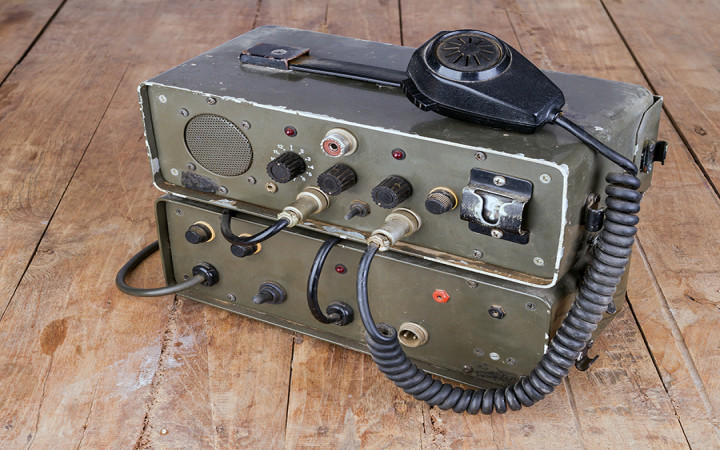Today’s Wonder of the Day was inspired by Toben. Toben Wonders, “What is ham radio and how does it work?” Thanks for WONDERing with us, Toben!
Have you ever been on a road trip with your family? Our favorite part of a road trip is pulling up alongside a semi-trailer truck and trying to get the attention of the driver to hopefully convince him to blow his horn!
If you've ever done this, you may have noticed that the drivers of these big 18-wheelers often communicate with each other on "CB" radios. "CB" stands for citizens band, and it refers to the particular radio frequencies set aside for use by citizens band radios.
People who enjoy communicating on citizens band radios often expand their interest by getting involved in the popular hobby of amateur radio. Also known as ham radio, amateur radio is both a hobby and a public service that uses electronics to help people communicate with other ham radio operators in other towns, states, countries, and even space!
No one knows for sure why they're called ham radios. Some people believe it's simply an alternative way of saying the first syllable of amateur radio. Others believe it started out as an insult, describing early operators who hogged the airwaves by talking too much. Whatever the reason, the name has stuck!
Like CB radios, ham radios operate on particular radio frequencies set aside by the Federal Communications Commission (FCC), known as the amateur bands. A common beginner ham radio consists of both a transmitter and a receiver in one unit, also known as a transceiver.
Ham radios come in all sorts of shapes and sizes. They can be set up on a desk in a bedroom or they can be attached to computers and occupy most of a room. They can also be installed in vehicles or carried around as a handheld unit.
Since they use radio frequencies, ham radios don't rely on the Internet or a cell phone network. This makes them especially useful to assist with emergency communications in times of disaster when normal communications channels sometimes fail. For example, ham radios were critical in coordinating emergency responses during both the 9/11 terrorist attacks and Hurricane Katrina.
If you enjoy technology and like communicating with a wide variety of people around the world, ham radio may be the hobby for you. Not only can you communicate via voice, you can also use Morse code or send text, images, or other data with a ham radio connected to a computer. Some ham radio operators have even talked with astronauts aboard the International Space Station!
Many people get started in ham radio by joining a local club, often as part of a school program. In addition to some basic equipment, you'll also need to pass an FCC test to get your ham radio license. Don't worry, though, the test covers basic information and there are plenty of study guides to help you.
Ham radio appeals to those who like to build and experiment with electronics. If you like to travel and learn about the world, you can also make contact with other ham radio operators all over the globe. Today, there are about 675,000 ham radio enthusiasts in the United States and more than 2.5 million across the globe.




